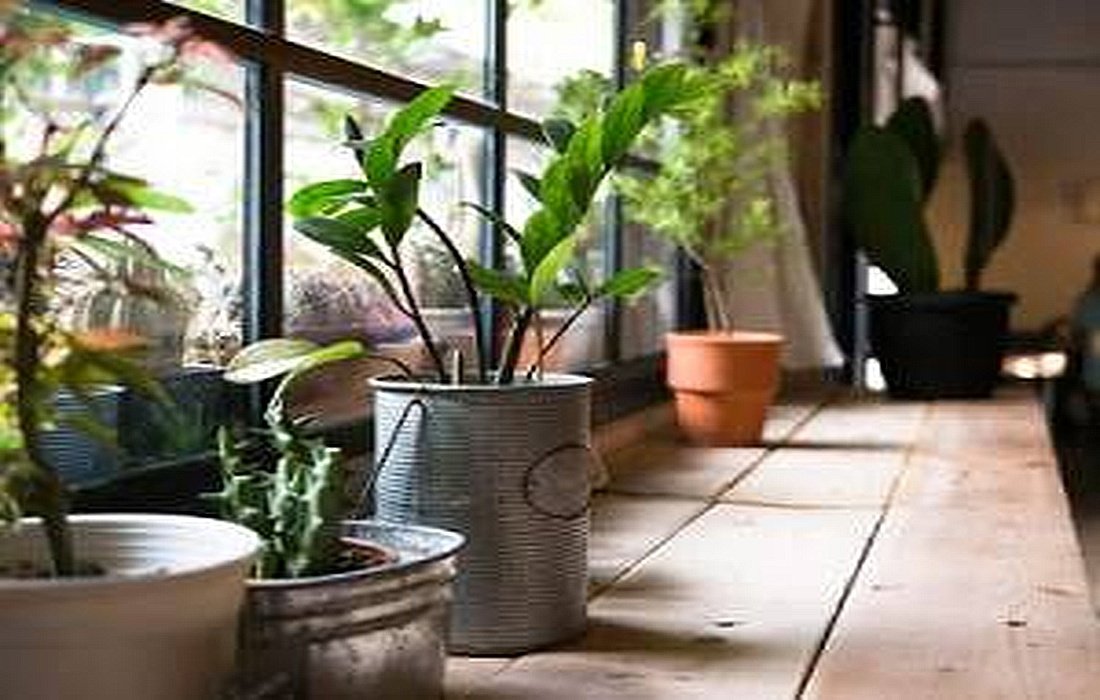Cleaning and Purifying Indoor Air to Avoid Illness
We all need clean air to breathe, but measuring air quality cannot only be done through seeing or smelling. Pollutants include those that you can identify yourself, which of course, differ from exterior threats.
According to a statement from the EPA, 90% of people prefer to spend their time indoors during the pandemic.Coronavirusis a confined environment.

Unfortunately (even though being outdoors reduces the risk of transmitting the virus), we are all faced with a difficult dilemma because indoor air quality is also important. The EPA states: “In recent years, increasing scientific evidence shows that the air inside homes and apartments can be more polluted than outdoor air, even in the largest and most industrialized cities.” This means that despite havingallergiesand severe weather conditions, it is better to open windows or go outside.
Generally, there are 5 factors contributing to air pollution:
- Ground-level Ozone
- Particulate Matter
- Carbon Monoxide
- Sulfur Dioxide
- Nitrogen Dioxide
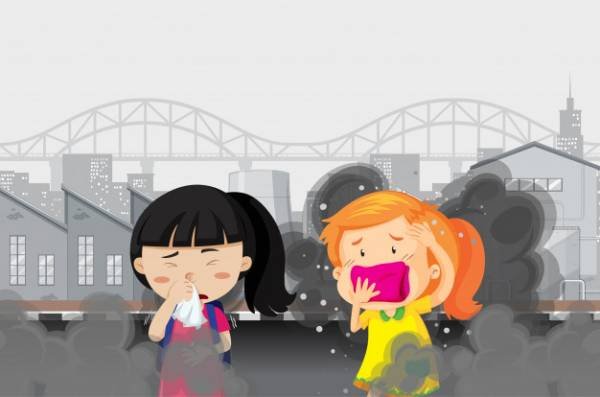
What is Indoor Air Cleaning and Purification?
Indoor air purification refers to the air quality in homes, workplaces, supermarkets, etc. Sometimes, poor air quality can impact health. Consider molds (which are often visible and can cause wheezing, eye irritation, andheadaches), or Carbon Monoxide (which is invisible and can be life-threatening). Sometimes, it may take years to identify the effects.
Indoor air problems arise from materials like carpets, paint, furniture, plastics, and others due to volatile chemical emissions such as formaldehyde, benzene, and trichloroethylene. However, most of these issues stem from chemical cleaning products and poorly maintained heating and cooling systems. Lead and asbestos can also be life-threatening.
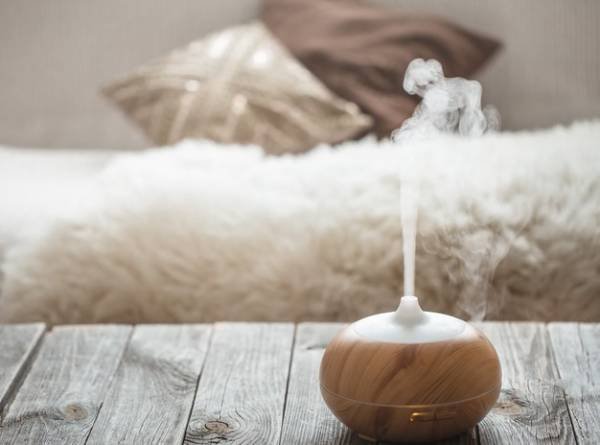
How to Improve Indoor Air Purification?
Open the windows; this is the simplest and cheapest way to improve indoor air quality. If you cannot open a window for ventilation, you can use the solutions suggested in this section ofSelMagz:
Quitting Smoking
We all know that smoking is harmful in every way, so quitting it will bring you benefits.

Getting Rid of Mold and Fungus
Mold detection is often easy, but if it is under the carpet or gets stuck in walls or ventilation ducts, you may need a professional method to clean it without releasing spores during the cleanup. For visible molds, you can use a natural cleaner to remove and prevent them from returning.
Taking Off Shoes
Remove your shoes before entering the house to keep the floors and carpets clean and prevent indoor air pollution, as dirt outside can bring in various pollutants like insecticides, plant pollen, fungi, bacteria, and animal waste.
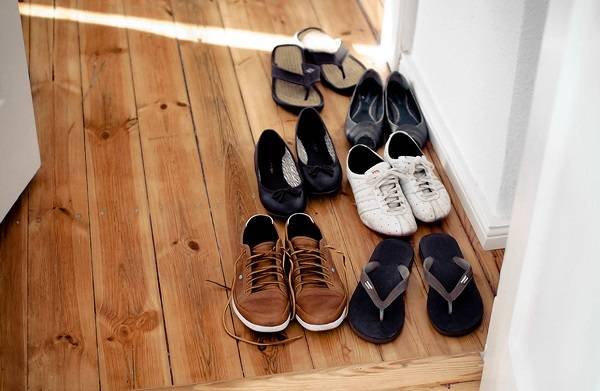
Dusting and Sweeping
Imagine a dust mite. Sweeping and dusting help prevent their proliferation around.
Using Air Conditioner Filters
Use thicker and more expensive filters as they improve air purification quality. Filters operate while using heating or electric systems.
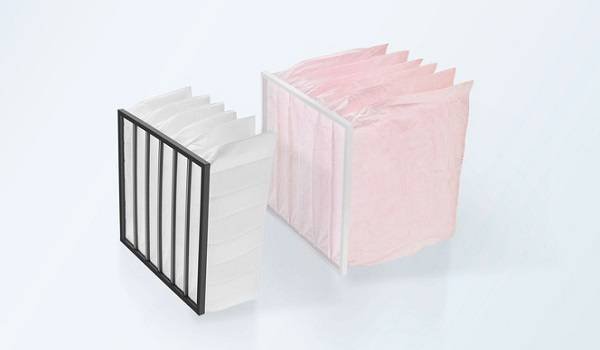
Keeping Pet Hair Short
Pet dander includes their skin cells, which can trigger asthma-like symptoms. If you have a pet, brush their body outside and use HEPA filters suitable for air purification to clean your home’s carpets and furniture.
Using Essential Oils at Home
Some oils, like tea tree oil, have antibacterial properties. Add these oils to the cleaning supplies you use at home. Essential oils such as eucalyptus, clove, androsemaryhelp reduce indoor pollutants.

Using Candles or Natural Wax
Particles float in the air due to positive ions. Burning liquid wax can artificially generate negative ions like nature, which connect with positive ions, become heavier, and fall to the ground. Use LED candles that do not pollute the air.
UsingBaking Sodaand Vinegar
These two substances are cheap and safe cleaning products. A damp sponge and baking soda will shine the bathtub, and also removes stains from countertops, pots, dishes, etc. Using natural cleaners like citrus water and essential oils can also be a good option.
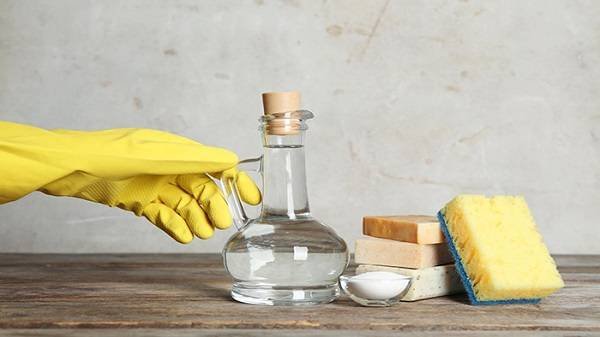
Exposing Home Furniture to Fresh Air
Volatile organic compounds are chemicals that remain in the air, thus found in every home. Substances like benzene and toluene can be found in glue, oil-based paints, plastics, fabrics, and other household building materials.
When you buy a new sofa or chair, the new item releases volatile organic compounds into the air. Every so often, to reduce indoor air pollution, place items with volatile organic compounds in fresh air or after purchasing, leave them outdoors for a week, or keep windows open in the first few months after buying.
Turning on the Air Conditioner
Most air conditioners have air filtration systems that draw in outside air, cool it, and then circulate it inside. These filters capture airborne particles. You should change the air filter regularly for cleaner air.
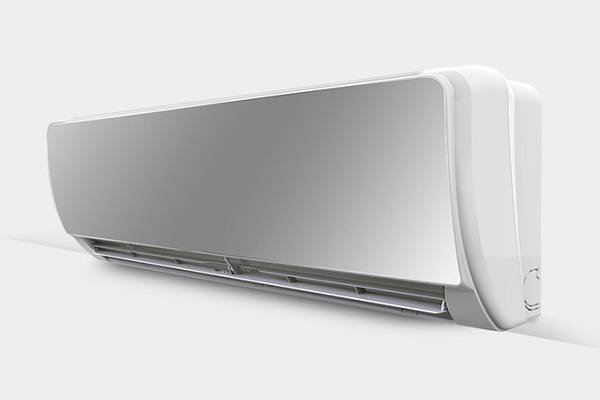
Growing Indoor Plants
Plants are amazing. They literally act excellently for breathing. Flowers and plants at home improve indoor air quality; for example, wheatgrass helps reduce the impact of benzene, formaldehyde, xylene, and carbon monoxide.



